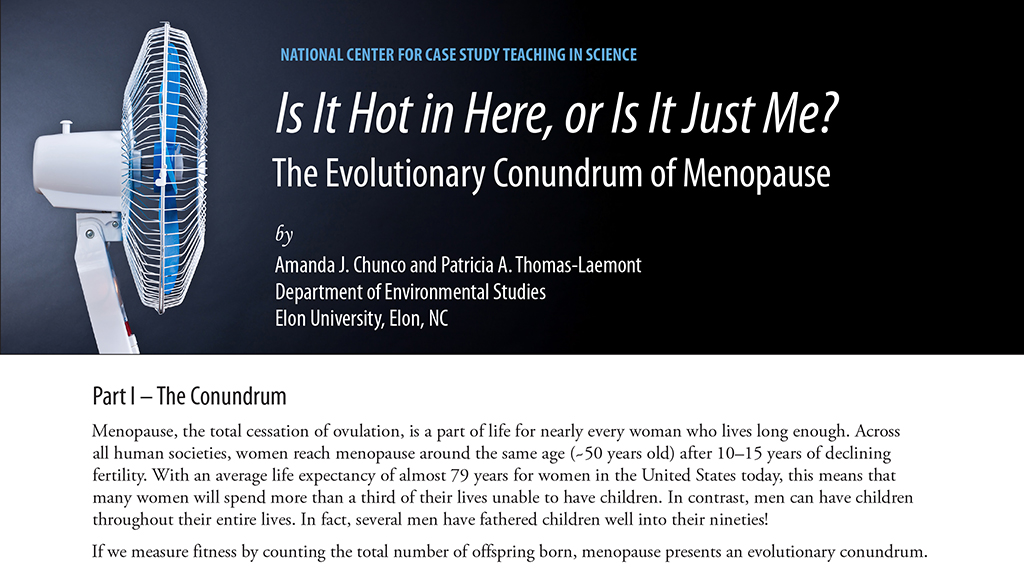Archive: Fall 2022: Developing a Competitive Application for Shell Teaching Awards, November 7, 2022
Shell Science Teaching Award: This award recognizes one outstanding classroom science teacher (K–12) who has had a positive impact on his or her students, school, and community through exemplary classroom science teaching. K–12 classroom science teachers are eligible to apply. The award consists of $10,000 and an all-expense paid trip to attend NSTA’s National Conference; two finalists will also receive all-expense-paid trips to the conference.
Shell Science Teaching Award: This award recognizes one outstanding classroom science teacher (K–12) who has had a positive impact on his or her students, school, and community through exemplary classroom science teaching. K–12 classroom science teachers are eligible to apply. The award consists of $10,000 and an all-expense paid trip to attend NSTA’s National Conference; two finalists will also receive all-expense-paid trips to the conference.
Shell Science Teaching Award: This award recognizes one outstanding classroom science teacher (K–12) who has had a positive impact on his or her students, school, and community through exemplary classroom science teaching. K–12 classroom science teachers are eligible to apply. The award consists of $10,000 and an all-expense paid trip to attend NSTA’s National Conference; two finalists will also receive all-expense-paid trips to the conference.
Shell Science Teaching Award: This award recognizes one outstanding classroom science teacher (K–12) who has had a positive impact on his or her students, school, and community through exemplary classroom science teaching. K–12 classroom science teachers are eligible to apply. The award consists of $10,000 and an all-expense paid trip to attend NSTA’s National Conference; two finalists will also receive all-expense-paid trips to the conference.






